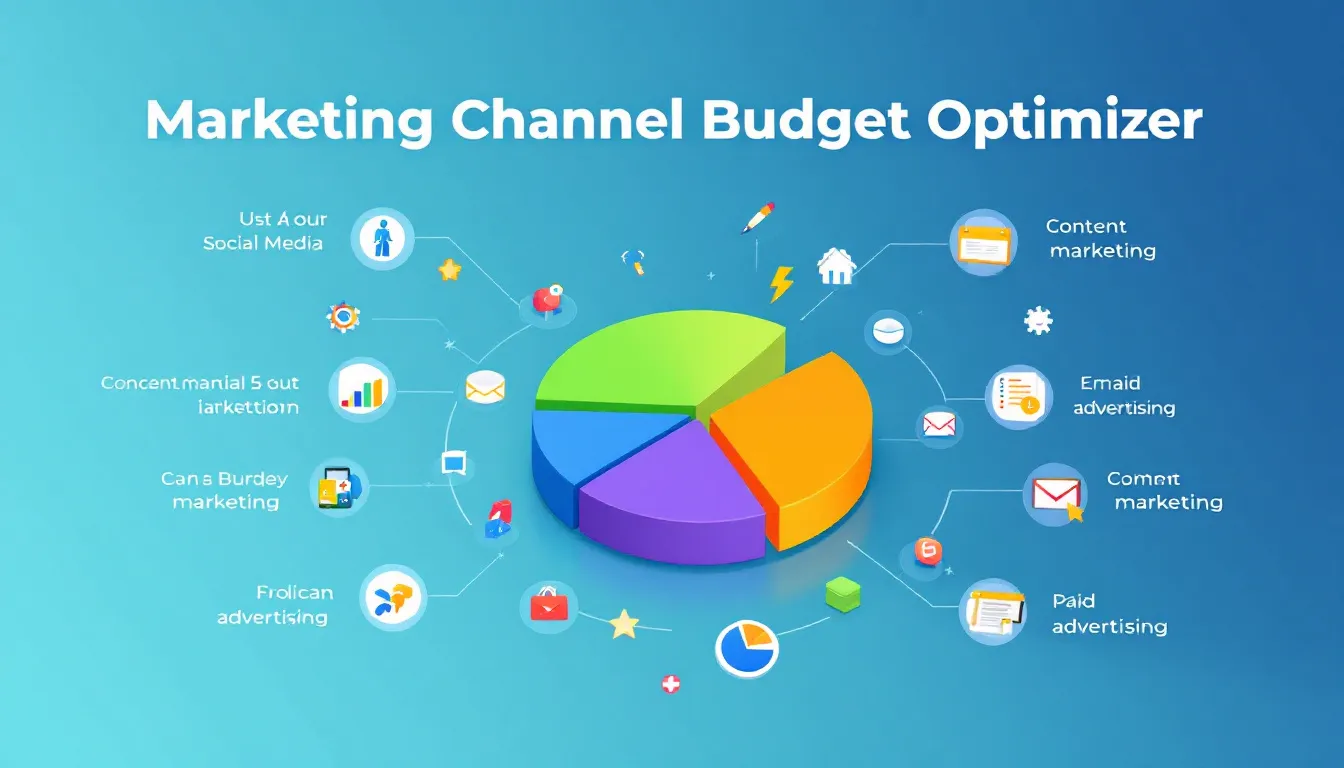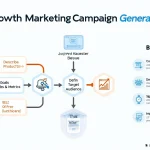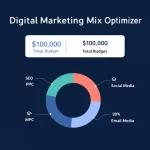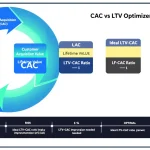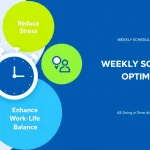Marketing Budget Allocation Tool
Generating results...
Is this tool helpful?
How to Use the Marketing Channel Budget Optimizer Effectively
You can use the Marketing Channel Budget Optimizer to create tailored budget templates and resource allocation guides for your marketing campaigns. Follow these steps to get accurate recommendations:
- Specify Your Marketing Channel Strategy: Enter your chosen marketing channel strategy. For example, try inputs like “Paid Search Engine Marketing” or “Podcast Advertising”.
- Enter Your Total Marketing Budget (USD): Provide the overall budget you want to allocate, such as 100000 or 75000.
- Define Your Primary Marketing Objectives: Clearly describe your main goals. For instance, “Drive webinar registrations, increase newsletter sign-ups, and improve customer retention rates.” or “Raise local brand awareness and boost foot traffic.”
- Describe Your Target Audience (Optional): Share details about your audience like demographics, interests, or behaviors. Sample inputs include “Parents of toddlers interested in educational toys.” or “Small business owners looking for accounting software.”
- Specify Your Industry Vertical (Optional): Indicate your industry sector, for example “Financial Services” or “Health and Wellness.”
- Generate Budget Templates and Resource Allocation Guides: Submit the form to receive personalized insights on budget distribution and channel priorities based on your inputs.
After submission, the tool processes your data and delivers a customized budget plan designed to help you allocate resources efficiently and meet your strategic marketing goals.
Introduction to the Marketing Channel Budget Optimizer
Effective marketing requires smart budget allocation across various channels to achieve the best return on investment (ROI). The Marketing Channel Budget Optimizer helps you design customized budget templates and resource allocation guides tailored to your specific marketing strategies.
This tool brings clear, data-driven recommendations that support decision-making, whether you’re focusing on digital advertising, content marketing, traditional media, or emerging platforms. It streamlines your planning process, making it faster and easier to allocate your marketing spend wisely.
Purpose and Benefits
- Personalized Budget Plans: Get budget allocations specific to your channel strategy, goals, and target audience.
- Save Time: Automate the creation of detailed plans instead of building them manually.
- Adjust with Ease: Use flexible templates that let you adapt budgets as performance data changes.
- Improve ROI: Optimize how you spend to get the most out of each marketing channel.
- Strategic Insights: Understand which channels drive results and where to focus your growth efforts.
Practical Uses of the Marketing Channel Budget Optimizer
1. Launching a Local Event Campaign
Imagine you organize a community event with a budget of $30,000. Using the optimizer, you input:
- Marketing Channel Strategy: Local Event Promotion
- Total Marketing Budget: 30000
- Primary Marketing Objectives: Boost local awareness, increase registrations, and drive social engagement
- Target Audience: Residents aged 18-45 interested in outdoor activities and local culture
- Industry Vertical: Event Management
The optimizer suggests dividing your budget like this:
- Social Media Ads (Facebook, Instagram): 40% ($12,000)
- Local Influencer Collaboration: 20% ($6,000)
- Email Marketing: 15% ($4,500)
- Flyers and Local Print Ads: 15% ($4,500)
- Event Sponsorships and Partnerships: 10% ($3,000)
This allocation considers channels best suited for local reach and engagement, helping you maximize event turnout.
2. Optimizing a SaaS Lead Generation Campaign
For a SaaS company spending $80,000 monthly on lead generation, inputs include:
- Marketing Channel Strategy: SaaS Lead Generation
- Total Marketing Budget: 80000
- Primary Marketing Objectives: Increase qualified leads, improve conversion rates
- Target Audience: IT managers and CTOs in mid-size enterprises
- Industry Vertical: Software as a Service
Based on performance insights, the suggested budget allocation might be:
- LinkedIn Ads: 45% ($36,000)
- Google Ads: 25% ($20,000)
- Content Marketing & SEO: 20% ($16,000)
- Email Campaigns: 10% ($8,000)
The tool also advises monitoring key metrics like click-through rates (CTR), cost per lead (CPL), and lead quality to reallocate budgets effectively over time.
Key Features and Advantages
Data-Driven Resource Allocation
The optimizer uses industry standards and your inputs to suggest how to distribute your marketing funds with precision. This approach helps you:
- Focus on channels proven to meet your objectives
- Balance investments across digital, traditional, and emerging media
- Maximize budget efficiency for better campaign impact
Time and Effort Savings
Manual budget planning takes hours of research and calculations. This tool lets you:
- Generate detailed budget plans in minutes
- Avoid guesswork when allocating resources
- Quickly adapt your budget based on updated goals or campaign results
Flexible and Adaptable Budget Plans
Marketing environments change fast. The tool’s tailored templates enable you to:
- Modify allocations smoothly according to channel performance
- Reallocate funds to capitalize on emerging trends or platforms
- Efficiently balance short-term campaigns with long-term brand growth
Comprehensive Channel Integration
You get recommendations covering a wide spectrum of channels, including:
- Paid social and search advertising
- Content marketing and SEO
- Influencer collaborations and partnerships
- Email marketing and automation
- Traditional media and event marketing
Strategic Scaling Support
Beyond initial plans, the optimizer helps you:
- Identify high-performing channels for increased investment
- Plan budget increases to scale successful campaigns
- Ensure resources focus on activities that drive growth
Solving Common Marketing Budget Challenges
Effective Multi-Channel Budget Allocation
You often need to decide how much to spend on each marketing channel. This optimizer helps by suggesting data-backed allocations aligned with your goals. For example, for a webinar campaign targeting finance professionals, the tool might recommend:
- Paid LinkedIn Ads: 50%
- Email Nurturing Campaigns: 30%
- Content Development (webinars, articles): 20%
Tracking and Reallocating Budgets Based on Performance
You can adjust spending when channels underperform. For instance, if Twitter Ads don’t deliver expected leads, the tool might suggest:
- Decrease Twitter spend by 25%
- Increase budget for LinkedIn or Google Ads by 15%
- Allocate remaining 10% for testing new ad formats on high-performing channels
Incorporating New and Emerging Marketing Platforms
Staying current with platforms like TikTok, Clubhouse, or programmatic audio advertising can be challenging. The optimizer recommends budget shares for emerging channels suited to your industry and audience. For example, if targeting young adults in fitness, it might allocate 20% to TikTok ads due to engagement potential.
Balancing Immediate and Long-Term Marketing Objectives
You often juggle short-term sales goals and long-term brand building. The optimizer divides budgets accordingly. A typical split for a retail brand could be:
- 50% on performance channels driving direct sales (e.g., paid ads)
- 35% on content marketing and SEO for organic growth
- 15% on brand awareness through PR and influencer collaborations
Important Disclaimer
The calculations, results, and content provided by our tools are not guaranteed to be accurate, complete, or reliable. Users are responsible for verifying and interpreting the results. Our content and tools may contain errors, biases, or inconsistencies. Do not enter personal data, sensitive information, or personally identifiable information in our web forms or tools. Such data entry violates our terms of service and may result in unauthorized disclosure to third parties. We reserve the right to save inputs and outputs from our tools for the purposes of error debugging, bias identification, and performance improvement. External companies providing AI models used in our tools may also save and process data in accordance with their own policies. By using our tools, you consent to this data collection and processing. We reserve the right to limit the usage of our tools based on current usability factors.
